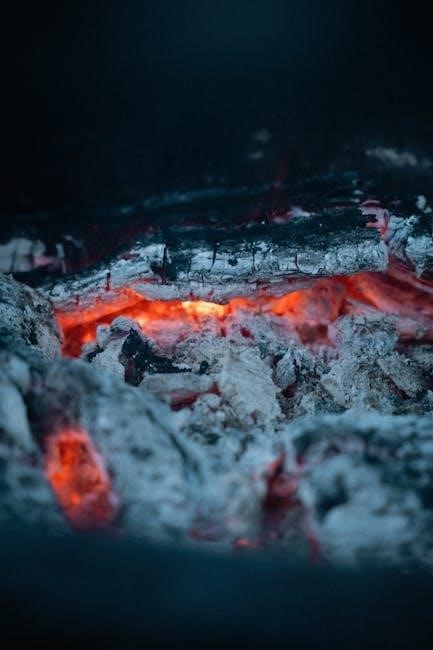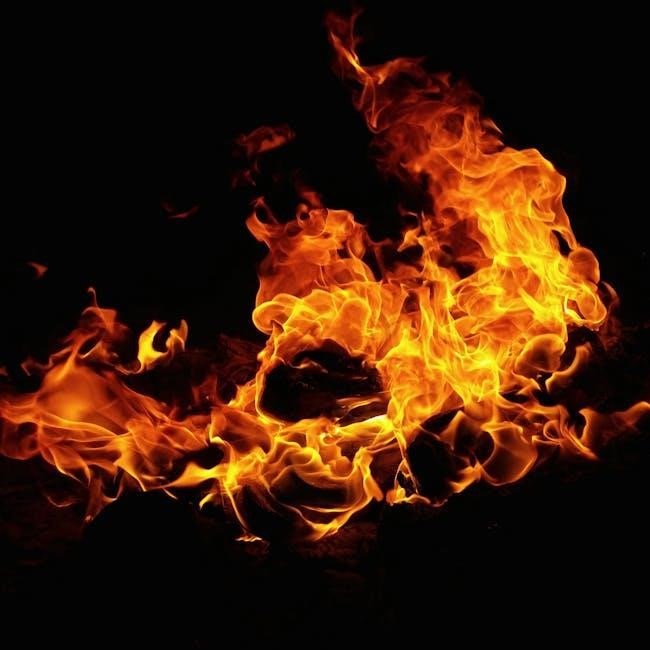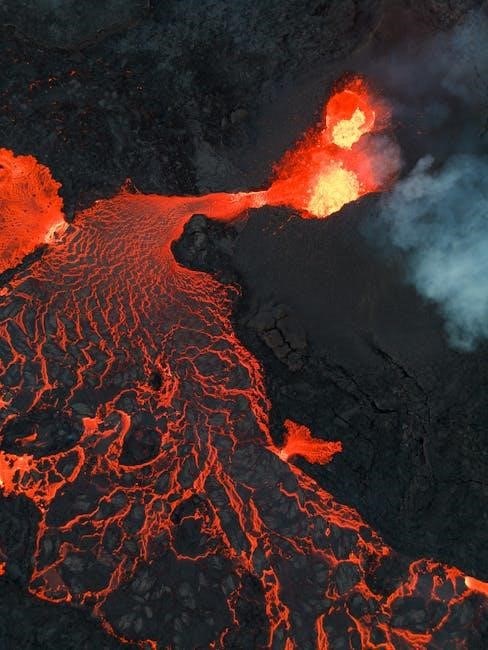Using a heat press machine requires guidance, HTVRONT heat guide provides essential information and tips for optimal results, ensuring successful heat transfer projects with ease and precision always, every time, with great effectiveness and accuracy.
Understanding the Basics of HTV
Understanding the basics of HTV is crucial for achieving optimal results with the HTVRONT heat guide. HTV, or heat transfer vinyl, is a popular material used for heat press projects, offering a wide range of options, including matte, glossy, shimmery, glittery, holographic, iridescent, neon, and glow-in-the-dark. The HTVRONT heat guide provides essential information on how to work with HTV, including tips on temperature, time, and pressure. With the right guidance, users can create professional-looking designs and projects with ease. The HTVRONT heat guide is designed to help users navigate the basics of HTV, from cutting and weeding to applying and pressing. By following the guide, users can ensure successful heat transfer projects and achieve the desired results. The guide covers the different types of HTV available, including their characteristics and uses, and provides step-by-step instructions on how to use them. With the HTVRONT heat guide, users can unlock the full potential of HTV and take their heat press projects to the next level. The guide is a valuable resource for anyone looking to improve their HTV skills and create stunning heat press designs.

Temperature and Time Settings
HTVRONT heat guide recommends optimal temperature and time settings for successful heat press projects, typically between 305-315 degrees, with a press time of 10-15 seconds, and peel time of 30-45 seconds, for best results always;
Optimal Temperature for HTV
The optimal temperature for heat transfer vinyl, or HTV, is a crucial factor in achieving successful heat press projects. According to the HTVRONT heat guide, the ideal temperature range for standard HTV is between 305-315 degrees. This temperature range allows for the optimal transfer of the vinyl design onto the fabric, resulting in a durable and long-lasting finish. Pressing the HTV at too high a temperature can cause the vinyl to melt and the adhesive to lift off, resulting in a poor quality finish. On the other hand, pressing at too low a temperature can result in an incomplete transfer, with the vinyl not fully adhering to the fabric. By following the recommended temperature guidelines, users can ensure that their heat press projects turn out with professional-looking results. The HTVRONT heat guide provides detailed information on the optimal temperature and time settings for various types of HTV, making it an essential resource for anyone working with heat transfer vinyl. With the right temperature and time settings, users can achieve high-quality results and take their heat press projects to the next level.

Choosing the Right HTV

HTVRONT offers various HTV types, including matte, glossy, shimmery, and glittery, allowing users to select the best option for their projects with ease and precision always, every time, with great effectiveness and accuracy always.
Types of HTV Available
There are numerous types of heat transfer vinyl available, each with its unique characteristics and applications. HTVRONT offers a wide range of HTV options, including matte, glossy, shimmery, glittery, holographic, iridescent, neon, and glow-in-the-dark. These various types of HTV allow users to create a diverse array of designs and patterns, from simple and subtle to complex and eye-catching. The different types of HTV can be used to create various effects, such as adding texture, creating contrast, or producing a specific color or finish. Additionally, some HTV types are specifically designed for use on certain fabrics or materials, such as cotton, polyester, or nylon. By understanding the different types of HTV available, users can make informed decisions about which type to use for their specific project, ensuring the best possible results. With so many options available, the possibilities for creative expression and design are virtually endless, making HTV a versatile and popular choice for crafters and designers. HTVRONT’s range of HTV options caters to different needs and preferences, providing users with the flexibility to experiment and innovate.

Using a Heat Press Machine
Operating a heat press machine requires careful attention to settings and technique for optimal results, ensuring successful heat transfer with HTVRONT machines and materials always, every time, with great effectiveness and accuracy.
Step-by-Step Instructions
To use a heat press machine, start by preheating the fabric to remove wrinkles and moisture, this helps ensure a smooth heat transfer process. Next, place the HTV vinyl on the fabric, making sure it is centered and smooth. Then, set the temperature and time according to the HTVRONT heat guide, typically between 305-315 degrees Fahrenheit for 10-15 seconds. After pressing, allow the vinyl to cool for 30-45 seconds before peeling off the carrier. It is essential to follow these steps carefully to achieve optimal results. The HTVRONT heat guide provides detailed instructions for various types of fabrics and HTV vinyl, making it easy to get started with heat transfer projects. By following these step-by-step instructions, users can create professional-looking designs and patterns on their fabrics with ease and precision. The HTVRONT heat guide is a valuable resource for anyone looking to get started with heat transfer projects, providing everything needed to know to achieve success. With practice and patience, users can master the art of heat transfer and create stunning designs.


